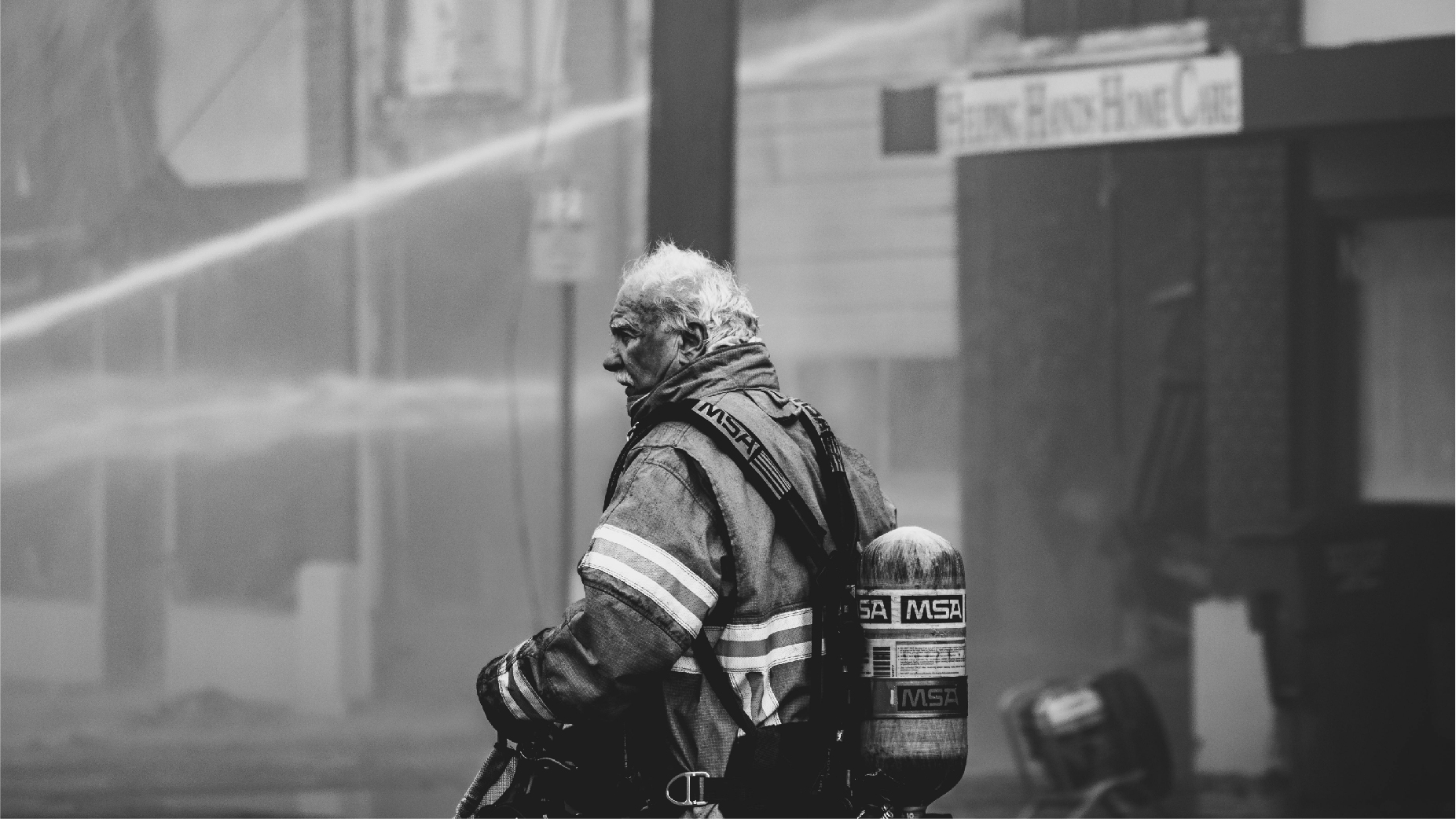Just to give you an idea, the CDC reports that since 2002, as many as 100 firefighters have lost their lives in the line of duty every year. Needless to say, the firefighting profession is full of inherent dangers. Every time firefighters respond to a distress call, they risk their lives and expose themselves to hazards like intense heat, building collapses, and more.
As if those were insufficient for firefighters, these first responders must also deal with safety hazards like AFFF exposure. The effective liquid fuel fire distinguisher has been associated with cancer, immunity suppression, and developmental issues. A well-rounded approach is required to protect these unsung heroes of our society from the dangers of their trade.
In this article, we will discuss measures to help reduce firefighting hazards.
Switching to Synthetic Fluorine-Free Foams (SFFFs)
One constant threat for firefighters worldwide is exposure to aqueous film-forming foam (AFFF). AFFF is a powerful firefighting agent used to extinguish liquid fuel fires caused by gasoline, jet fuel, or oil. The substance has been used in the firefighting trade since the 1960s.
AFFF is effective because it combines fluorosurfactants, hydrocarbon surfactants, and solvents. Fluorosurfactants typically contain PFAS, per- and polyfluoroalkyl substances. They are a class of over 4,700 synthetic chemicals that don’t break down.
Numerous studies have linked these chemicals to life-threatening health risks. These include certain cancers, hormone disruptions, immunity suppression, liver damage, decreased fertility, and more.
The mounting evidence against AFFF because of health risks associated with PFAS has prompted growing public concern and regulatory actions. According to TorHoerman Law, numerous lawsuits have been filed against the makers of AFFF. Companies like DuPont, Chemours, 3M, and more have been sued by firefighters, military personnel, industrial workers, etc.
The firefighter foam lawsuit claims that these companies were aware of the risks associated with AFFF but didn’t care enough to warn the public. This has drawn a lot of attention to the matter and there are talks about making a switch to a safer alternative, which is synthetic fluorine-free foams or SFFFs.
The Rise of Synthetic Fluorine-Free Foams (SFFFs)
In the U.S., congress directed the Federal Aviation Administration to plan a strategic move from AFFF to MILSPEC F3, a fluorine-free foam. This move is the culmination of decades of lawsuits and awareness against the dangerous effects of AFFF and PFAS. The firefighting industry is undergoing a paradigm shift towards safer alternatives, particularly SFFFs.
These are the new generation of firefighting foams designed specifically to address the concerns raised against AFFF. These new firefighting foams do not contain fluorosurfactants and rely on the combination of hydrocarbon surfactants, polymers, and other non-fluorinated additives. Unlike AFFFs, SFFFs don’t cause the accumulation of PFAS in the environment nor pose the same health risk. This is the reason why the Air Force in the U.S. has committed to purchasing over 270,000 gallons of F3.
Extensive testing and real-world applications have shown that SFFF is as effective as AFFF in suppressing liquid fire. In some cases, it even outperformed AFFF, which is commendable. The best part is that SFFFs are biodegradable, which makes them a sustainable and environmentally friendly option.
While SFFF is still a very new and emerging technology, it is the best bet to safeguard our firefighters and the environment.
Additional Protective Measures
Protecting firefighters from the hazards of their trade demands a multi-pronged strategy that goes beyond firefighting foams. Other protective measures include:
Comprehensive Health Monitoring
Mandatory ongoing health surveillance programs should track firefighters’ health over time. These programs will aid in the early detection of PFAS-related symptoms and health risks like cancer. By identifying these issues in time, firefighters can receive timely medical treatment to prevent severe outcomes.
Advanced Personal Protective Equipment
Traditional firefighting gear is inadequate to prevent PFAS absorption through the skin. Until SFFF becomes the standard in firefighting, the PPE should be upgraded to offer better protection against the harmful chemicals in AFFF. For this, research and development should be conducted to design specialized gloves, boots, and overalls that are resistant to PFAS. The advanced PPE must offer the required protection while still providing flexibility.
Technological Advancements
Apart from developing advanced PPE, smart technology like sensors should be used to monitor heat exposures or detect hazardous substances. This will provide early warning to the firefighters, allowing them to minimize their exposure while still responding swiftly to the emergency.
Safeguarding the safety and health of these unsung heroes is of paramount importance. From making a switch to SFFF to developing advanced tools of the trade, the focus should be on the well-being of firefighters and the sustainability of the environment.






